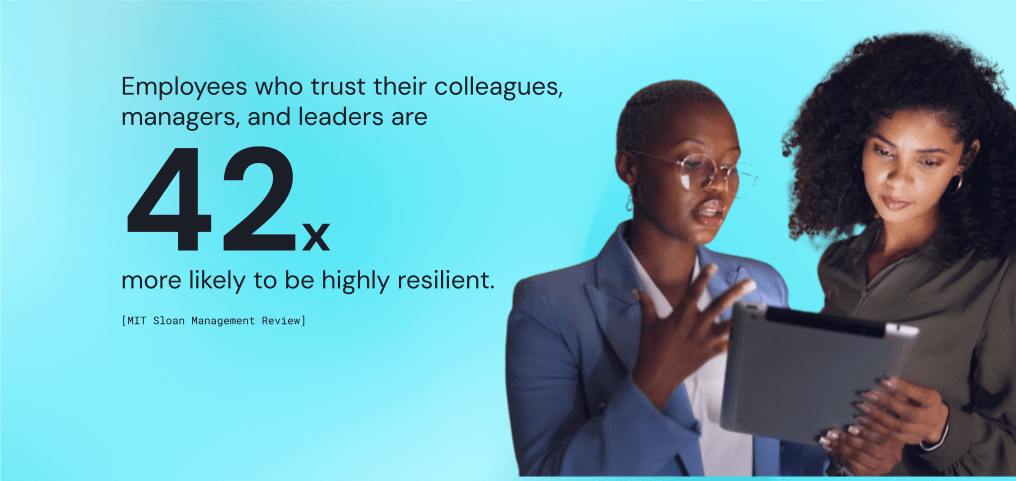We’re living in a volatile time, experiencing serious global events and economic ups and downs. It leaves us wondering about what’s coming next. And the feeling of uncertainty that goes with it creates a sweeping undercurrent that can impact our decisions, our choices and affect the very culture of our organizations. It can stifle creativity, push back innovation and crush morale. But none of that needs to happen.
There is a way to rise above pending turmoil and keep our organizations resilient, no matter what’s ahead. There is a way that we can help our organizations and our employees to not only survive but thrive—even in the face of uncertainty. And here’s something that might surprise you. The answer lies in our ability to build and maintain an inclusive culture, where all employees feel safe, respected and appreciated— and where awareness, empathy and transparency lead the way.
Let’s look at how inclusivity can support organizations during a time of change, how it mitigates organizational risk and go over five building blocks for achieving inclusive leadership under pressure.
Haiilo can help your organization build trust and an inclusive and collaborative culture.
Why Inclusivity Matters Now More Than Ever
During these times of uncertainty, our commitment to diversity, equity, and inclusion (DEI) is put to the test. And there can exist a misapplied sense that when times are good, leaders can afford to focus on an inclusive culture, but when the stakes are high, priorities must shift to more pressing matters. But nothing could be further from the truth. There are some very compelling reasons why maintaining a culture of inclusivity is more important now than ever before. Here’s why.
An inclusive culture can help organizations to:
Build trust and resilience in the face of challenges.
McKinsey researchers describe resilience as “the ability to deal with adversity, withstand shocks, and continuously adapt and accelerate as disruptions and crises arise over time.” Because inclusion means that everyone’s contribution is valued, it is closely tied to trust, an essential part of building resilience. Research finds that employees who trust their colleagues, managers, and leaders are an astonishing 42 times more likely to be highly resilient.
🗣️Get feedback from employees: Top 30 Diversity and Inclusion Survey Questions
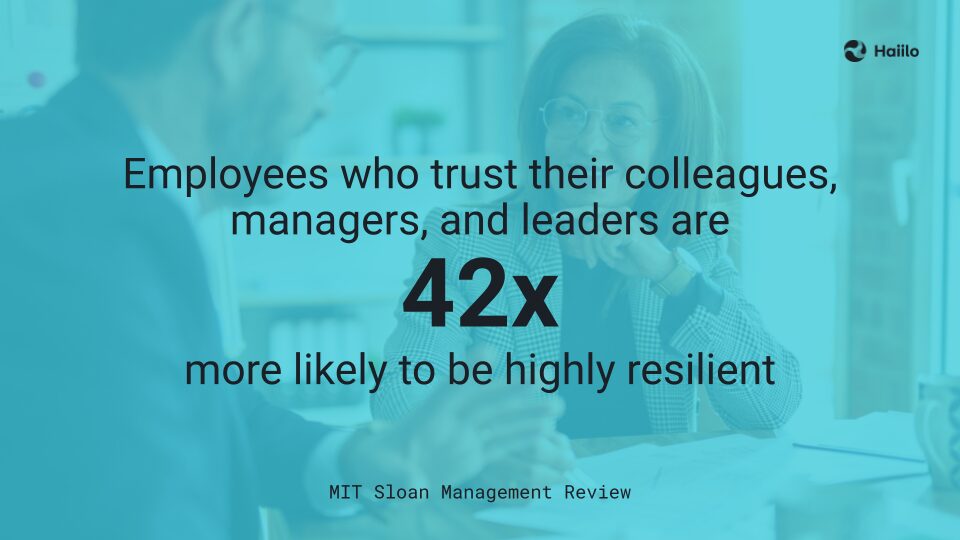
Apply innovative thinking and increase collaboration.
Because inclusion requires having respect for our differences, it has the power to cut through silos and enhance greater innovation and collaboration. Organizations with an inclusive culture are six times more likely to be innovative and agile and 75% faster at bringing products to market.
Thrive through adversity and futureproof the organization.
Not only can an inclusive culture help organizations to survive through difficult times, it can enable them to thrive. Research shows inclusion can improve team performance by up to 30 percent. And it can future-proof an organization for long-term resilience. Consider that inclusive organizations are an astounding 87% more likely to make better decisions.
💪 Future-proof your organization: 8 Prerequisites for Building a Resilient Workforce
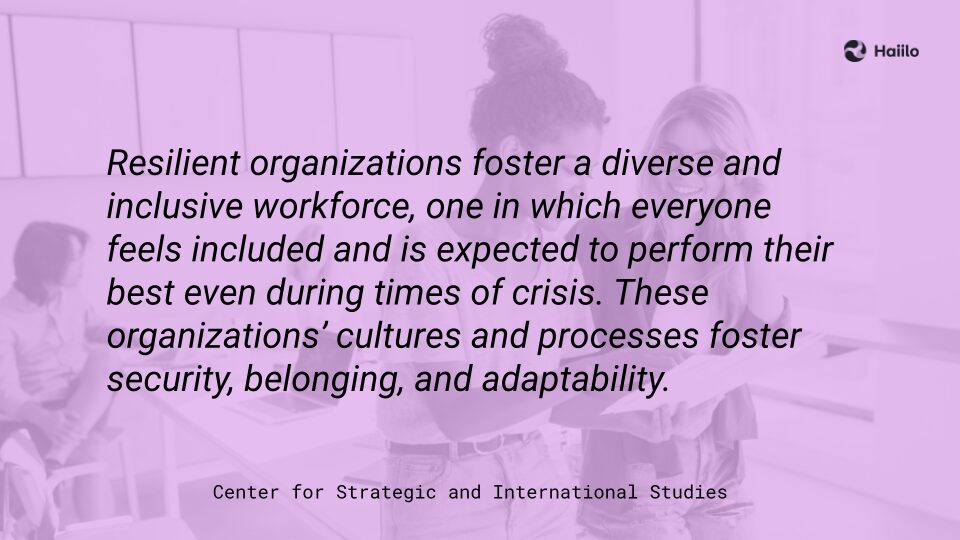
How Inclusivity Mitigates Risk
In addition to strengthening the business, evidence is mounting that inclusion can play a central role in mitigating both legal and strategic risk. And that’s something that is critical when organizations are already facing a slew of potential economic risks that are not within their control.
An inclusive culture can help organizations to…
Prevent harassment.
When employees are under stress, their behavior is affected. Consider research showing that stress can lead to increased instances of bad behavior and harassment in the workplace. Building awareness of what is and is not acceptable behavior in an inclusive culture can mitigate this risk.
🧘♀️Review the 9 common causes of stress in the workplace: Workplace Stress Management: Definition and Best Practices
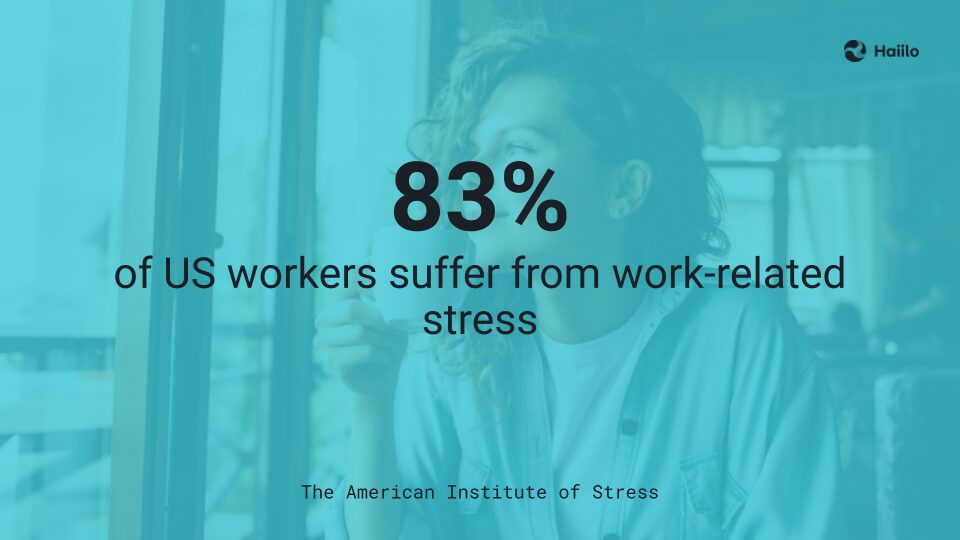
Avoid expensive, disruptive and damaging legal problems.
The risk of bad behavior has fiscal consequences as well. Workplace misconduct cost U.S. businesses $20 billion and the EEOC reported $61.6 million in monetary benefits for harassment charges. And that’s just in a single year. Because inclusive culture instills the values of fairness, appreciation, and respect, it can save your organization from these costly situations.
Protect your reputation.
Research by UCLA found that a single harassment claim “can be enough to dramatically shape public perception of a company and elicit perceptions of structural unfairness. In the public’s mind, there seems to be no such thing as a bad apple.” Organizations with an inclusive culture provide employees with the education and guidance they need to help prevent harassment.
🧐 Learn from the experts: How to Communicate Diversity and Inclusion with Authenticity- 10 Experts Explain
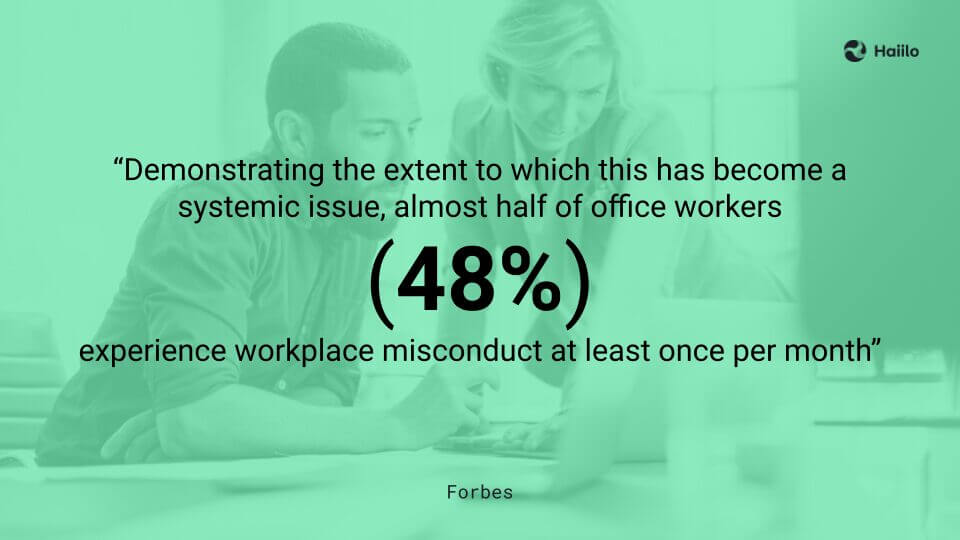
Reduce costly turnover.
Inclusion is critical to retention. Research from a Deloitte survey revealed that 39% of employees said they would leave their current organization for a more inclusive one, and 23% said they had already left because of a lack of inclusivity.
Avoid loss of customers.
“The American consumer is undeniably becoming more inclusive,” say experts at McKinsey. Research indicates that two out of three Americans say that their social values now shape their shopping choices—clearly showing that inclusion has as much impact externally as it does internally.
Broaden a dwindling talent pool.
Not having the talent you need to achieve the company’s goals is a major business risk. Creating an inclusive culture can make you an “employer of choice” if you consider research from Monster.com showing that 86 percent of job seekers place a high value on inclusion, and 62 percent would turn down an offer from a company that did not support inclusion.
😀 Happiness at work: 9 Ways to Boost Employee Morale and Motivation
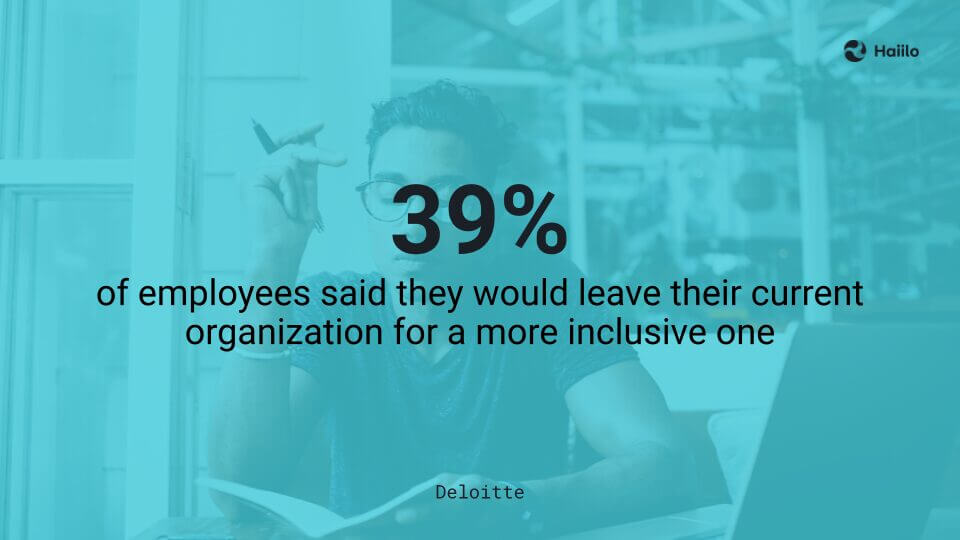
5 Building Blocks for Inclusive Leadership—Especially When You’re Under Pressure
In a previous HR.com article, The Missing DEI Strategy: Cultivating Inclusive Leadership, we talked about the fact that inclusive leaders have a differentiating set of characteristics and behaviors. It starts with how they impart a sense of belonging that makes everyone feel like they are an important part of the organization. They know how to actively listen and show their own vulnerability in a way that engenders trust and supports employees to connect and share.
They are culturally and emotionally intelligent and use empathy to create strong bonds, supporting others to do the same. They see challenges as opportunities to grow and learn, putting the focus on rewarding and upskilling their workforce. They make employees feel safe to present their whole selves in the workplace.
For building an inclusive workplace in the face of uncertainty and pressure, these leadership qualities are critical. Here are the building blocks that can help you get there.
1. Balance confidence with vulnerability and empathy
The days of the tightlipped, stalwart leader are over. Today’s leaders must find the balance between being confident, vulnerable, and empathetic. That means accepting and acknowledging that you may not have all the answers but being confident that you will work to find the right solutions.
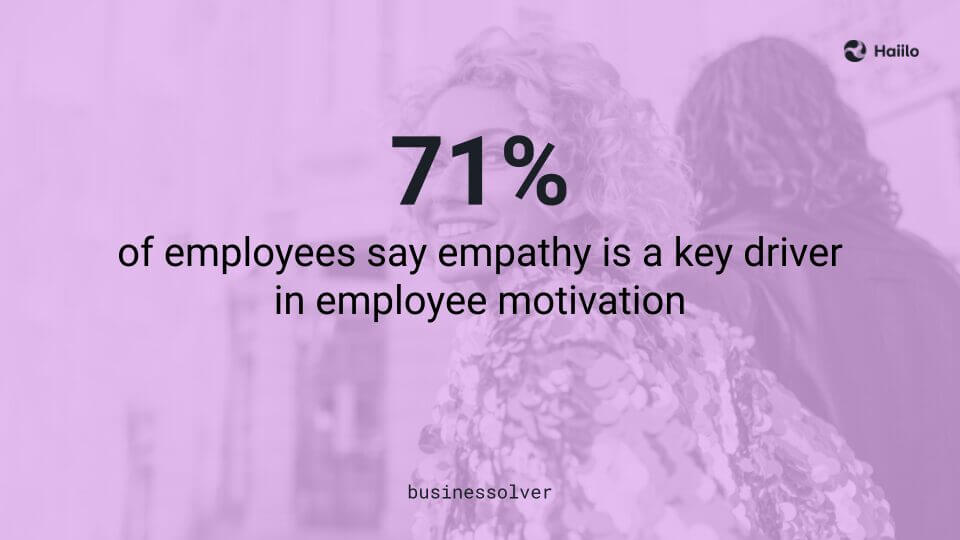
2. Actively seek out input and ideas
In stressful situations, it can be hard to accept input. But the best leaders know that ideas and solutions around difficult problems can come from anywhere in the organization. When leaders and managers not only stay open to receiving input but actively seek it out, problem-solving can become a unifier that fosters greater collaboration throughout the organization.
3. Build and mirror positive behaviors
Some conflict in the workplace is normal. But in a time of uncertainty, when tensions run high, stress can take over. Conflict is more likely to give rise to negative behaviors that can damage workplace relationships. All employees, including leaders and managers, need guidance on how to effectively manage conflict, including the use of constructive feedback and effective communication techniques.

4. Focus on creating team psychological safety
HBR author Amy Gallo defines team psychological safety as “…a shared belief held by members of a team that it’s OK to take risks, to express their ideas and concerns, to speak up with questions, and to admit mistakes—all without fear of negative consequences.” Psychological safety is also a critical part of inclusion that makes employees feel more engaged and motivated. It also leads to better decision-making and fosters a culture of continuous learning. One change to make in your behavior: replace blame with curiosity and kindness.
5. Put inclusive management into practice
Leaders and managers are an organization’s most important asset, especially in uncertain times. That’s because you are a primary organizational conduit, yielding influence in multiple directions—your team, peers, and top leadership. And you play a critical role in creating a more diverse, equitable, and inclusive work environment. You’ll just need to cultivate the awareness and get the education and support you need to get there.

The building blocks above give you a glimpse into what it takes to create inclusivity out of uncertainty. But if there’s one thing to keep in mind above all else, it’s that creating an inclusive culture is also a long-term solution. It works in volatile times because it unifies people and enables them to tackle difficult problems together. But it also impacts the future. Long after the economic twists and turns of the day have passed, inclusion will continue to help you reap the rewards in the form of greater innovation, organizational resilience, employee commitment, talent retention, and customer loyalty.
🔎 Keep Reading: 7 Major Reasons for High Employee Turnover [+ how to prevent it]
This article first appeared on HR.com and was republished with permission of the author.
About the Author
Natasha Nicholson heads up brand strategy and thought leadership at Traliant, a training company focused on creating a culture of ethics, inclusivity and safety—making workplaces better, for everyone. Her work has been featured in numerous publications, including VentureBeat, HR.com, Talent Management and Risk Management magazine. Previously, Natasha was content lead at IABC (International Association of Business Communicators) and served as the executive editor of Communication World and Catalyst magazines.


